Life isn’t always predictable, no matter how much we want it to be sometimes. Take boating and fishing for example. For the most part, things go rather swimmingly – we get to the lake and back with little trouble, and everything in between is just rosy. But sometimes, after seeing a steady dose of fastballs, a curveball comes by that throws us completely off our game.
Below are some uncommon, but possible emergency situations that we should always be aware of, even when we’re expecting fastballs.
“Man Overboard!”
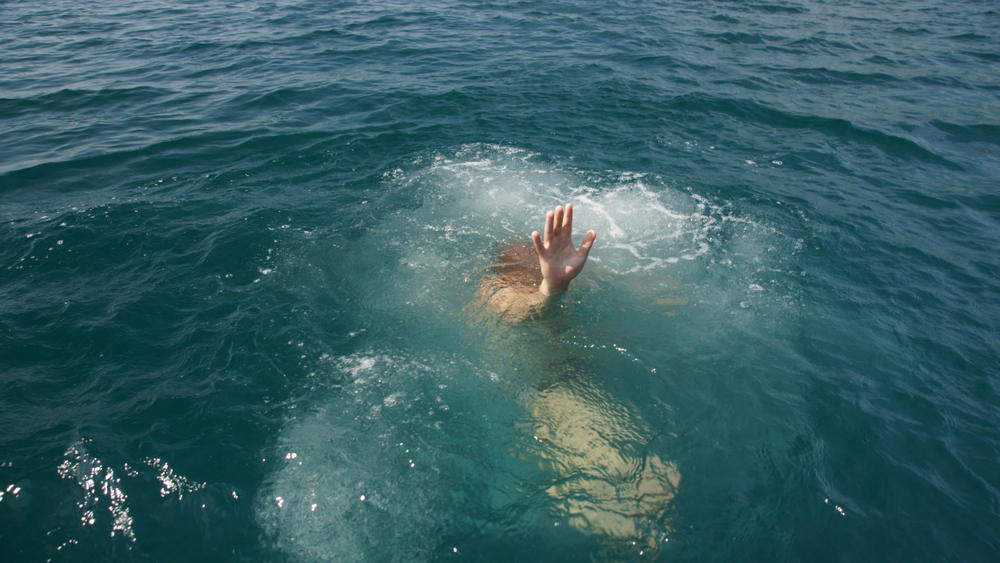
The most common reason behind boating fatalities involves people falling overboard. Before heading out on your boating trip, ensure you have the necessary equipment to bring a fallen crew member out of the water. This is especially important for larger vessels on choppier waters. Such equipment includes buoyant heaving lines and lifebuoys. For boats with freewalls greater than 0.5 meters, a ladder or other reboarding device is necessary. When someone goes overboard, follow these steps:
Step 1
Alert everyone on the ship that someone has fallen off the boat. This is especially important for whoever’s driving the boat – you don’t want to accidentally run over the victim with the motor.
Step 2
Toss a lifejacket, life ring, or whatever buoyant object you have to the victim. Not only will they have something to hold onto, it helps mark the spot for visibility in rough conditions.
The unexpected and accidental happen, which is why it is of utmost importance that when we’re on the water, we are prepared for any scenario.
Jack Bollinger
Step 3
Approach the person with the boat facing upwind. Use the wind for better maneuvering and to better avoid running over the victim.
Step 4
When in place, turn off the engine.
Step 5
Pull the victim in as carefully as you can.
Hypothermia
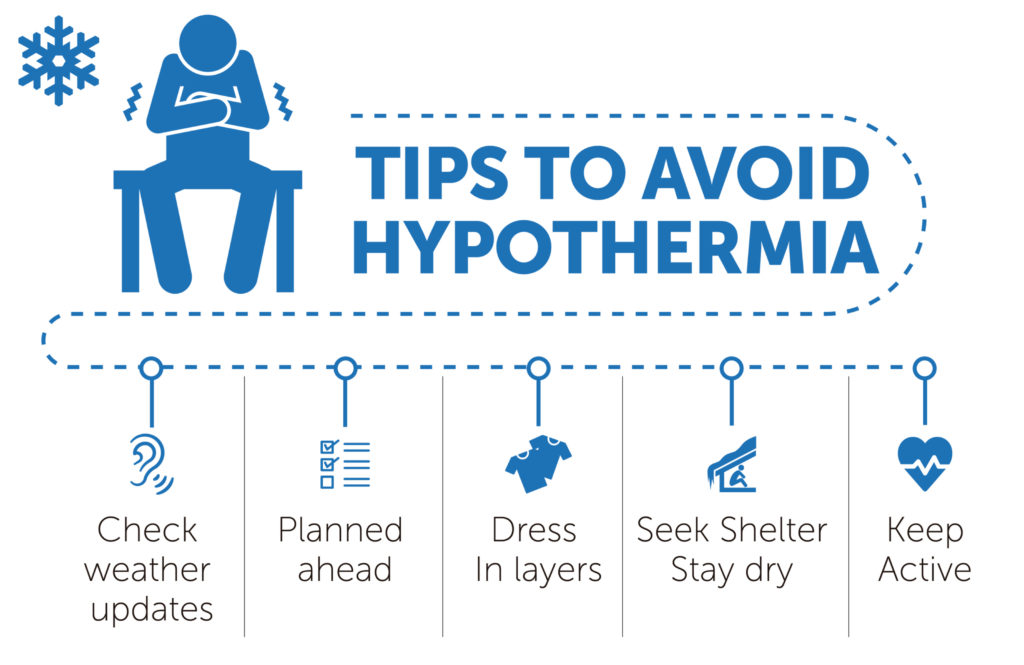
It’s bad enough being flung overboard and getting all wet without a change of clothes. It’s quite another thing altogether when the water and air is freezing. Without proper care, hypothermia can set in. Common symptoms include:
- Shivering and slurred speech
- Weak or irregular pulse and respiration
- Poor coordination, irrational behavior.
These symptoms will develop more strongly over time if your body does not find enough heat. Here’s what you do when you find yourself exhibiting the symptoms of hypothermia:
Step 1
Remove the person from the cold source and provide dry shelter.
Step 2
If possible, remove wet clothes and replace with drier garments. Wrap person in blanket and cover the head and neck.
Step 3
Supply hot liquids, but only if victim asks for it. Avoid alcohol.
Step 4
DO NOT rub or massage the victim. It’s a natural tendency to warm a person by rubbing their outer extremities, but this can actually have a negative effect as the coldness could be forced deeper into the body cavity.
Step 5
If the boat is insufficient for warmth, get to land as soon as possible and find appropriate shelter. If assistance is necessary, be sure to have means of reaching others for help (cell phone, walkie-talkie, signal flare, etc.).
TIP: If you find yourself in the water and getting cold (and wearing a lifejacket), stay warm by entering the Heat Escape Lessening Position (HELP).
“Ouch! There’s A Hook In My Arm!”
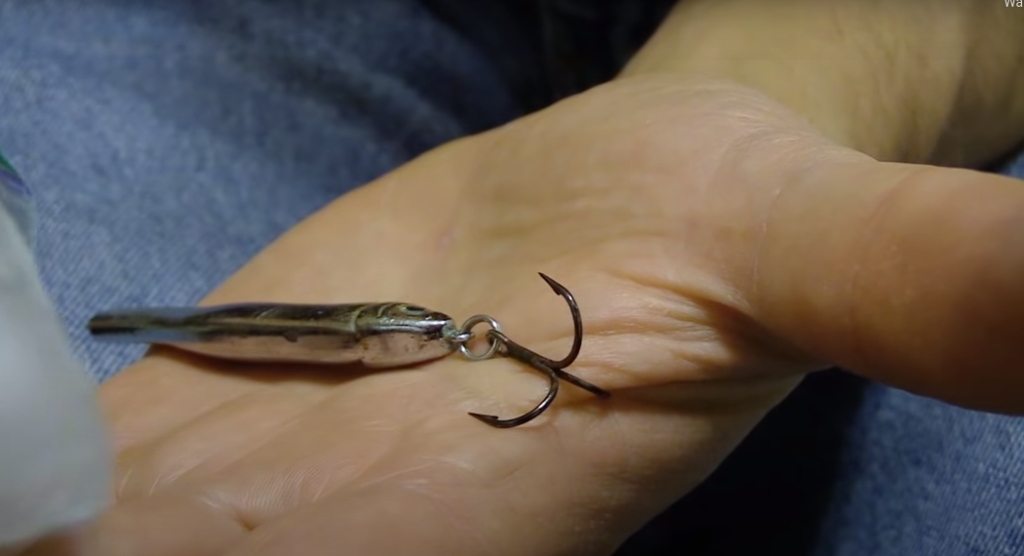
It happens, we sometimes get a little careless with our cast and instead of catching a fish, we hook into a fishing buddy or even ourselves instead. This isn’t too big a deal if using barbless hooks, but this isn’t always the case. Fortunately, there’s a way to pull out a barbed hook even if buried deep within the arm.
WARNING: This method should not be used to remove a hook from around a person’s eye, neck, face, back of hands, or any area around major arteries, visible ligaments, or tendons.
Step 1
Cut the hook from the rest of the fishing lure. If it’s a trebled hook, be sure to cut the exposed barbed tips to avoid further damage.
Step 2
Put a loop of fishing line or twine around the bend of the hook. Be sure to have a good grip on the line. Watch the video above for exact positioning and technique.
Step 3
Firmly push down on the eye of the hook until it touches the skin.
Step 4
With a sudden yank of the line, pull away from the eye of the hook. The process is virtually painless if done properly because the hook comes out the same way it went in.
For more safety always consult your local authorities and doctors.
Hull Leak
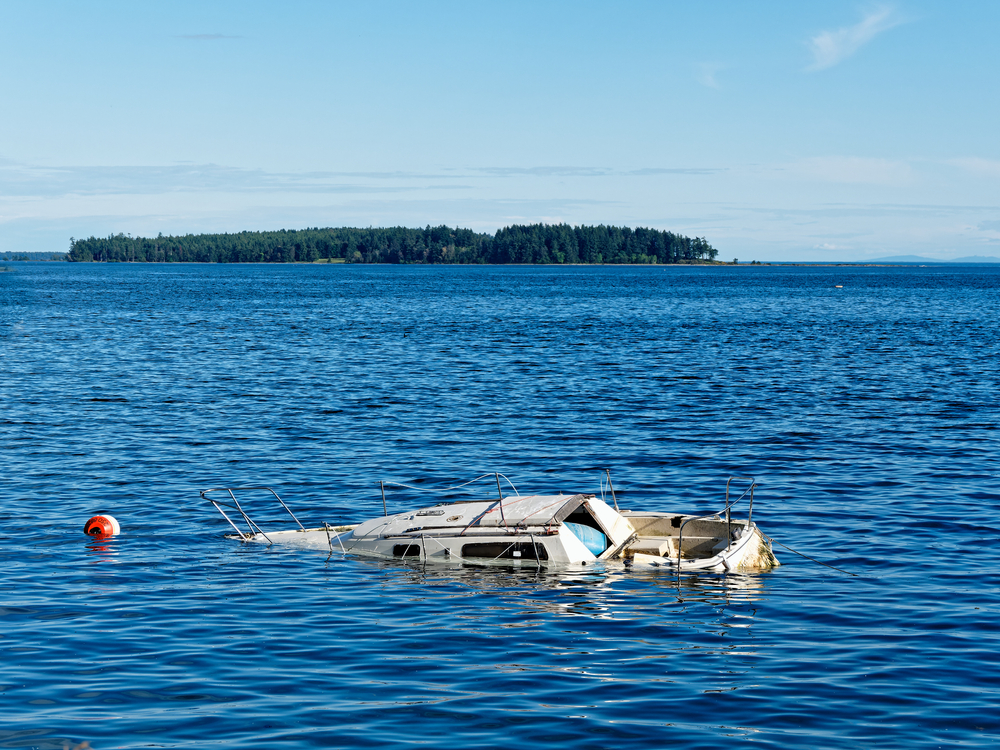
A hull leak isn’t something we think of very often, primarily because we trust out boat, but also because it’s just not a nice scenario to imagine. These are not good enough reasons to put safety aside. You never know when you’ll hit a rock you didn’t see, or the wear and tear around the drain plug has finally seeped all the way through. When these rare situations occur, follow these steps:
Step 1
Be sure everyone on board has lifejackets on.
Step 2
Try and find the source of the leak. Once found, try and stop or at least reduce the flow enough to get safely to shore if possible. Common locations for leaks include: plug out of drain hole, defective bilge pump, or engine hose is loose.
Step 3
Empty the boat of water with buckets, bails, pumps, coffee mugs…whatever you have.
Step 4
If help is required, be prepared to attract assistance with flares and other forms of communication.
Step 5
Be prepared to abandon ship if there’s no hope in keeping it afloat.
Like every other scenario on this list, the best emergency procedure is prevention. Having a supply of items capable of filling a hole is key. There isn’t a one stop solution for plugging a hole, so be sure to have a variety of different options, like softwood plugs for through-hulls fitting, plywood patches, towels, rags, etc. If the holes are larger, blankets, towels, and coats are all useful when roped in place. Most important of all, routinely inspect your boat for any signs of hull damage.
Boat Begins To Sink
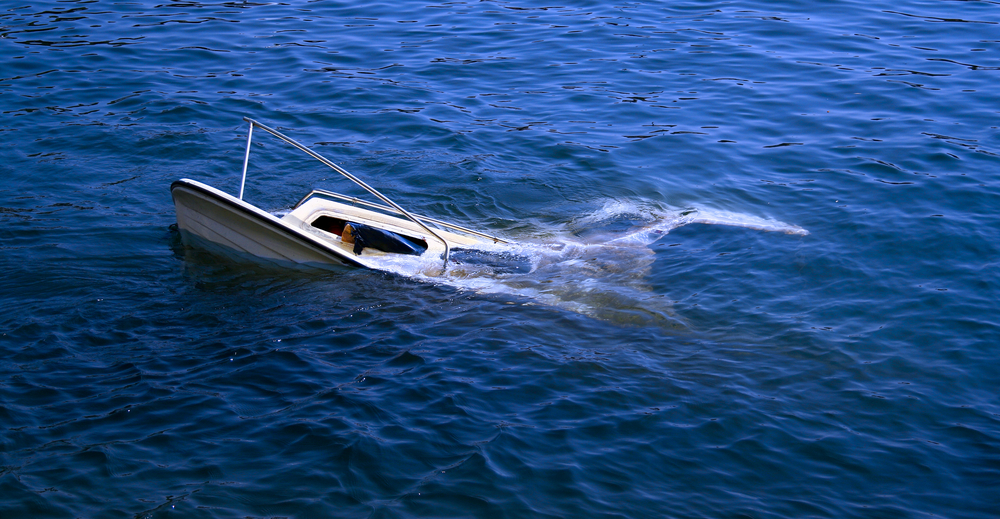
A leak is fixable, but not always. If the hole is just too large, a boater’s worst nightmare comes true: the boat begins its decent to Davey Jones’ locker. Fortunately, even a sinking boat remains partially afloat, at least for a little while. To avoid being sunk yourself, here’s what you do:
Step 1
Put on those life jackets and PFD’s.
Step 2
Take out emergency kits, signaling devices, phones, and anything else that floats. It is not advised you save your fishing gear unless you’re sure you can handle the extra weight as you wait for help.
Step 3
Stay with the boat if possible as you’ll have a better chance of being spotted. If boat is completely under and there’s no floating debris, gauge whether swimming to shore is a viable option. Many factors affect such a decision: the proximity of the shoreline; there’s no other boats in sight; you don’t have the floatation necessary to keep you on the surface for a great length of time; you don’t have signaling devices for far off boats.
Step 5
If you have the right equipment, signal for help.






